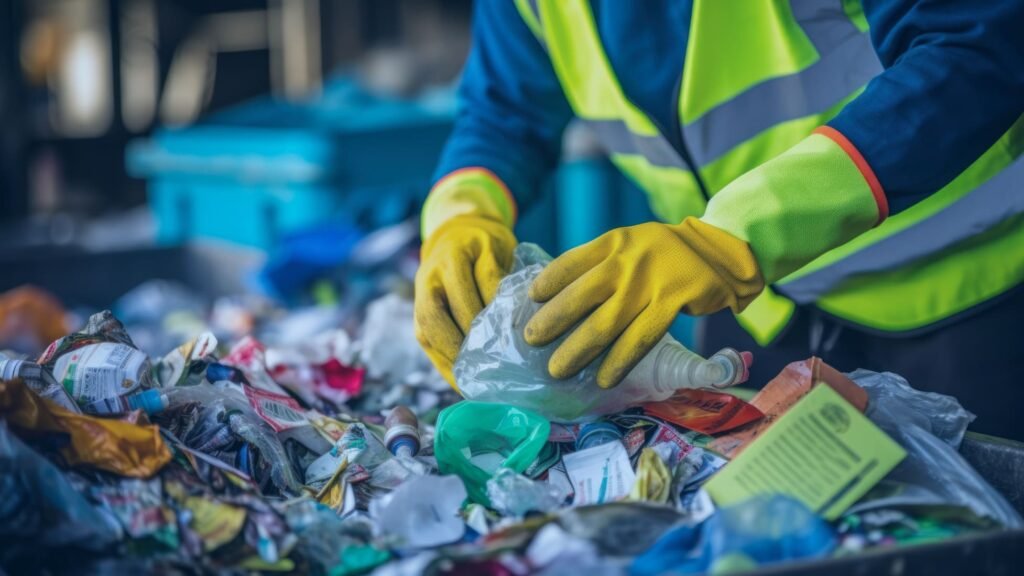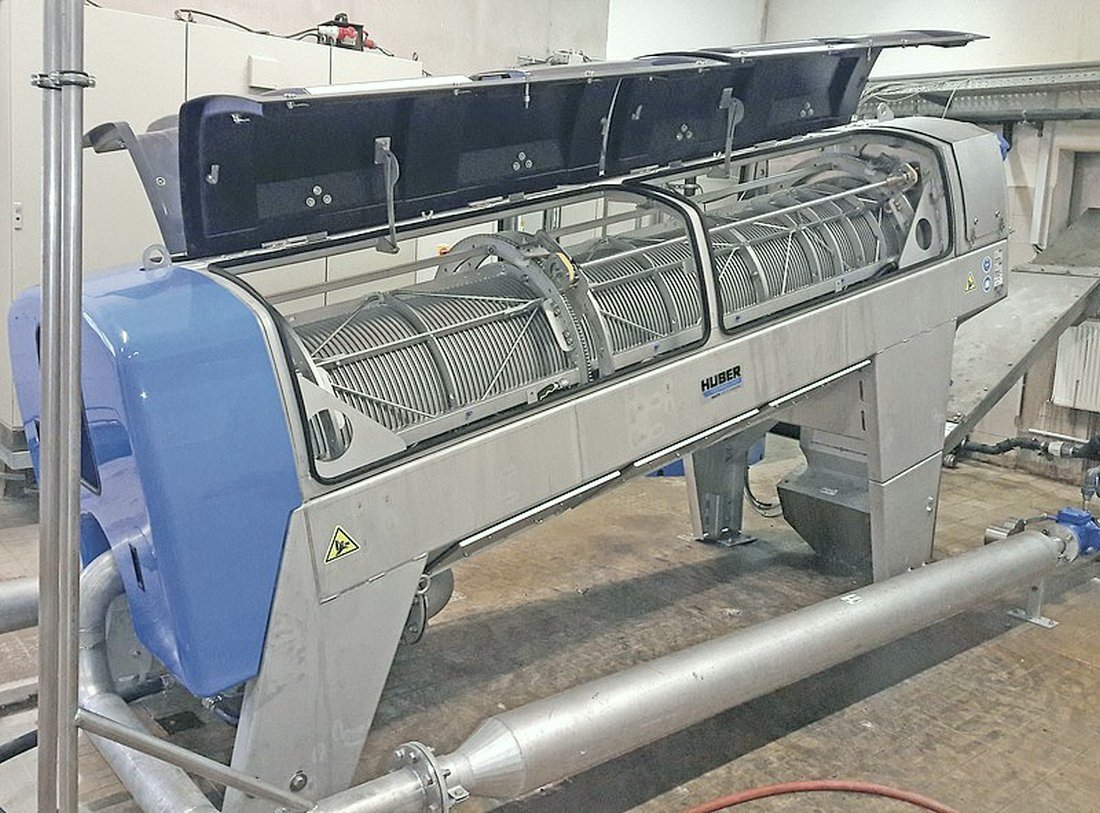Reuse and Disposal: Strategies for Sustainable Waste Management

In the context of environmental sustainability, reuse, and disposal practices play critical roles. Reuse involves repurposing materials or products, which can significantly reduce waste and conserve resources. Meanwhile, disposal is the final action taken for materials that can no longer be effectively used, necessitating strategies that minimize environmental impact. Approaching both practices thoughtfully ensures that resource consumption is optimized while maintaining ecological balance.
The interplay between reuse and disposal is especially evident in water management systems, where the treatment and reuse of wastewater have become integral in addressing water scarcity issues. Advanced technologies are developed to purify and repurpose water, thus diminishing the dependency on freshwater sources. Conversely, when disposal is the only viable option, it is executed to align with safety, legal, and environmental regulations, underscoring the importance of responsible waste management.
Key Takeaways
- Sustainable practices include repurposing materials and environmentally sound waste disposal.
- Water management systems exemplify the successful treatment and reuse of resources to alleviate scarcity.
- Disposal methods adhere strictly to regulations protecting safety and environmental integrity.
Principles of Water Reuse and Disposal
Within sustainability, water reuse and disposal are critical topics. Specific methods and practices must adhere to safety guidelines while optimizing resource utilization.
Potential for Reuse in Waste Water
Wastewater has significant potential for reuse, particularly in non-potable applications. This includes irrigation, industrial processes, and replenishing groundwater basins. The method of reusing wastewater typically involves several steps:
- Treatment: Wastewater must first be treated to remove harmful substances. Techniques range from primary therapies, which remove solids, to more advanced processes like reverse osmosis (RO).
- Quality Management: Ensuring the treated water meets the required standards for its intended use is crucial. For example, despite being partially desalinated, RO waste water generally requires further treatment to remove other contaminants.
One can assess how to reuse wastewater depending on the treatment level and end-user requirements. For instance, RO waste water can be reused in cooling systems or for flushing toilets, provided additional contaminants are within safe levels.
Health and Environmental Considerations
When discussing how wastewater can be reused, it’s paramount to consider health and environmental implications:
- Microbial Risks: Proper disinfection is necessary to address potential microbial risks in non-potable reuse.
- Chemical Hazards: Reused water must be monitored for harmful chemicals. Prolonged exposure to contaminants, even in non-potable water, can harm soil and plant life and pose indirect health risks to humans.
- Regulatory Compliance: Reuse systems must comply with local and national standards to safeguard public health and ecosystems.
Reuse of wastewater must be effective and safe, respecting both the environment and public health. By leveraging advanced treatments and diligent monitoring, wastewater can become a valuable resource contributing to a sustainable water management strategy.
Methods of Wastewater Reuse
Wastewater reuse encompasses various techniques to repurpose treated wastewater for beneficial uses, reducing the demand for freshwater sources. This section delves into domestic reuse strategies and agricultural applications to highlight the practicality and necessity of wastewater reuse in conserving water resources.
Domestic Reuse Strategies
Domestic wastewater reuse typically involves reclaiming water from sources like reverse osmosis systems. Adequately treated wastewater can be repurposed for non-potable uses within households, such as flushing toilets or watering gardens. It’s crucial to ensure that the reclaimed water is adequately disinfected and meets safety standards to avoid health risks.
- How to reuse RO waste water: Reverse osmosis (RO) wastewater can be collected and utilized for flushing toilets, washing vehicles, or irrigating landscapes.
- How to dispose of wastewater at home: Untreated sewage should be appropriately discarded to avoid contamination. Home RO systems can be equipped with mechanisms to direct wastewater to proper disposal points.
Agricultural and Irrigation Applications
Agricultural reuse of treated wastewater can contribute significantly to water conservation, particularly in water-scarce regions. Wastewater used for irrigation not only provides vital moisture but also includes nutrients, which can reduce the need for artificial fertilizers.
- Drip Irrigation: Efficiently delivers treated wastewater directly to plants’ roots, minimizing water waste.
- Surface Irrigation: Utilizes channels to spread wastewater across fields, suitable for larger areas.
Both methods help maintain a sustainable agricultural system by using Non-Potable Water for crop production, offsetting freshwater usage, and enhancing food security.
Technologies in Wastewater Reuse
Wastewater reuse represents a crucial strategy in water resource management, where advanced technologies play a pivotal role. These technologies support water recycling and ensure that the reused water meets stringent quality standards for various applications.
Reverse Osmosis and Water Purification
Reverse osmosis (RO) is a widely used technology in wastewater reuse. It involves a filtration process where water is forced through a semi-permeable membrane, which removes impurities and contaminants. To reuse wastewater from reverse osmosis effectively:
- The RO process selectively eliminates dissolved ions and microorganisms, yielding water suitable for many uses, ranging from agricultural irrigation to industrial processes.
- It has also been integral in supplying potable water in areas with limited freshwater resources.
The membranes used in RO systems require regular cleaning and maintenance to remain effective. Furthermore, the concentrate or brine produced during RO must be appropriately managed to prevent environmental issues. Through innovations in membrane technology and brine management, wastewater reuse through reverse osmosis continues to become more efficient and sustainable.
Wastewater Disposal Processes
Effective wastewater disposal processes are crucial for safeguarding public health and the environment. These processes vary significantly depending on the source of the wastewater and the disposal methods employed.
Home Wastewater Disposal Techniques
Home wastewater disposal involves removing contaminants from domestic effluent before releasing the water into the environment. The most common method is through the use of septic systems. Septic tanks treat wastewater by separating solids from liquids, which allows for the partial decomposition of solid matter and the percolation of fluids into the soil. Many areas also adopt advanced treatment systems involving sand filters, peat filters, or constructed wetlands to purify the water before further disposal.
Industrial Effluent Management
Industrial wastewater disposal includes a range of treatments tailored to the specific types of waste produced. Effluent is often pre-treated on-site to reduce pollutants. Aerobic treatments use microorganisms that require oxygen to break down organic matter, while anaerobic treatments do the same without oxygen. Industries must adhere to strict regulations regarding the levels of contaminants in their discharged water. They may use technologies such as membrane bioreactors or reverse osmosis systems to meet these requirements.
Construction Industry Practices
In the construction industry, managing wastewater involves specific practices to reduce the environmental impact, mainly when dealing with concrete wastewater. This type of wastewater is highly alkaline and contains hazardous materials that can harm waterways. Therefore, it’s critical to use settlement tanks that separate solids from the water. The pH of the wastewater typically must be neutralized before disposal. Recycled water can be used for dust control or washing vehicles, representing a shift towards more sustainable construction practices.
Community and Rural Water Systems
Community and rural water systems ensure residents can access clean water and adequate waste disposal. These systems must be carefully considered to manage resources efficiently and sustain water availability for future generations.
Rural Waste Disposal Solutions
In remote areas, traditional sewer systems might be non-existent or impractical. Rural waste disposal solutions often include septic tanks and drain fields. These on-site systems provide an effective means of wastewater treatment by separating solids from liquids, allowing the liquid waste to percolate into the ground and naturally filter through the soil. Studies reveal that approximately one in five households in the United States rely on individual on-site or small community cluster systems like septic systems for wastewater treatment.
Non-potable water, unsuitable for drinking, can be a byproduct of these rural waste disposal systems. However, it is valuable for other purposes, such as agricultural irrigation, industrial processes, and landscape irrigation, contributing to rural communities’ water and waste disposal systems.
| Water Usage | System Type | Relevance to Rural Communities |
|---|---|---|
| Drinking | Community Water Systems (CWSs) | Provides potable water to residents |
| Agricultural | Reclaimed Water Systems for Irrigation | Uses treated wastewater for non-potable purposes |
| Sanitation | Septic Systems | Treats and disposes of household wastewater |
These water and waste disposal systems are crucial for rural communities in managing their water resources sustainably. They must be designed and maintained to prevent contamination of groundwater sources, ensure the health and safety of the community, and support the area’s agricultural needs. The use of treated wastewater for non-drinking purposes is also gaining traction, particularly in regions prone to drought or growing water demand, acknowledging the potential of reclaimed water as a reliable resource.
Frequently Asked Questions
What are some common types of materials that can be recycled?
Common recyclable materials include paper, cardboard, glass, metals like aluminum and steel, and certain types of plastic. Many communities provide recycling guidelines to inform residents about what materials are accepted.
How can individuals and businesses effectively implement waste reduction strategies?
Individuals and businesses can reduce waste by purchasing products with minimal packaging, reusing items when possible, and choosing recyclable or compostable products. Companies can also conduct waste audits to identify areas for improvement.
What are the environmental benefits of adhering to waste management's 3 R's (Reduce, Reuse, Recycle)?
Adhering to the 3 R's helps conserve natural resources, reduce greenhouse gas emissions, minimize pollution, and save energy. These practices also lower the overall environmental impact by reducing the need for new materials.
Could you provide practical examples of reuse in everyday life to minimize waste?
Practical examples of reuse include donating clothing and household items for secondhand use, refilling water bottles instead of buying new ones, and using jars and containers for storage or as planters, which helps minimize everyday waste.
What principles underlie the concept of the 3 R's, and how do they contribute to sustainability?
The principles underlying the 3 R's are resource efficiency and waste prevention. By minimizing the amount of waste created, these principles contribute to sustainability by conserving resources and reducing the ecological footprint of human activities.
Where can one find local facilities for recycling and proper disposal of different types of waste?
Local government websites or waste management authorities typically provide information on local recycling facilities and proper disposal procedures. Some regions offer hazardous waste disposal services and pick-up services at specific locations.

